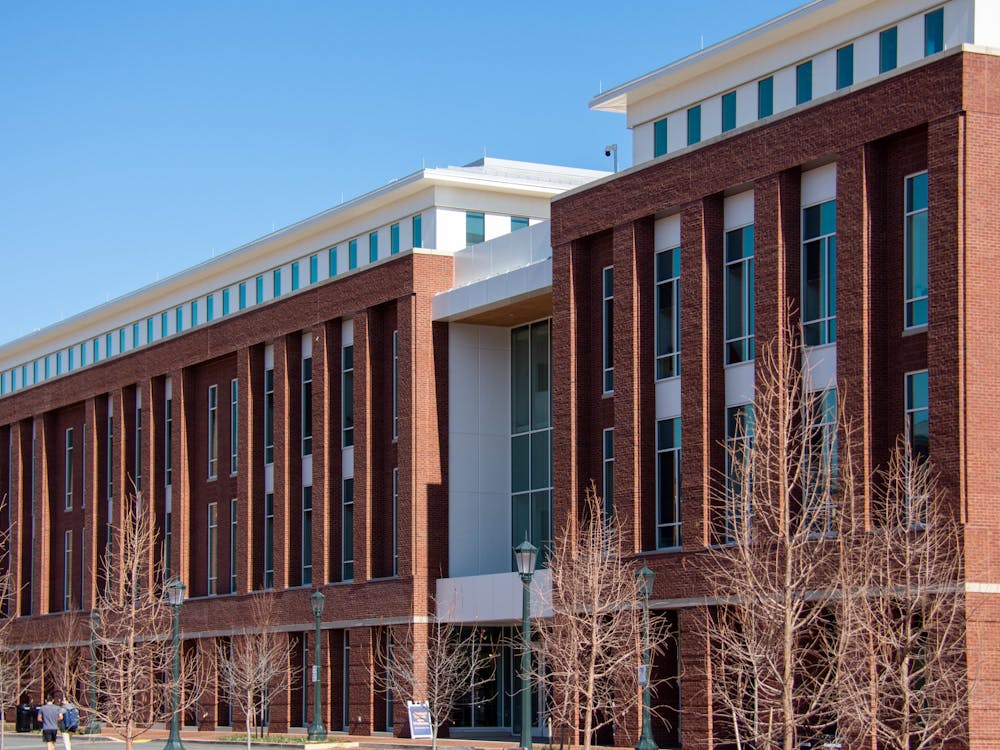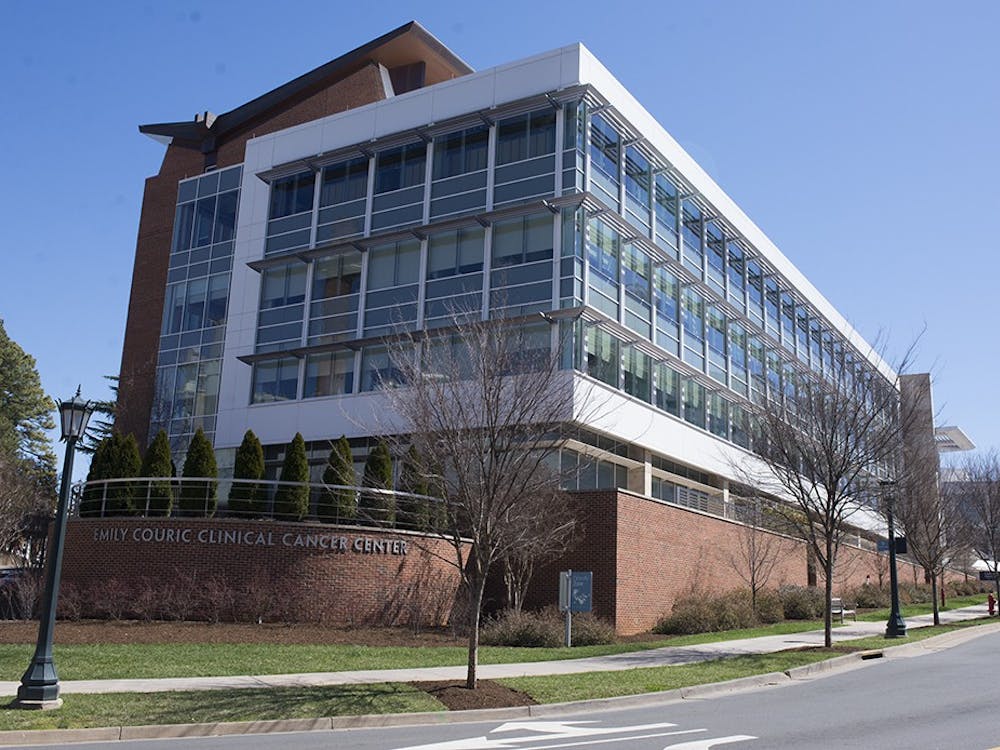The pressures of college -- academics, clubs, employment and social lives -- can be a heavy load for many students. For others, though, these pressures may seem insignificant because of a more serious burden: a life and death battle with cancer.
Although cancer afflicts only a small portion of the American college-student population, many students still are affected because a loved one is suffering from the disease.
According to the American Cancer Society Web site, cancer is a medical, social, psychological and economic issue that affects over half a million people and their families.
According to ACS estimates, one in three women and one in two men develop cancer during their lifetime. Fewer than two percent of the male and female population between zero and 39 years of age will develop cancer. Although lung cancer is the most common kind of cancer among the total population, 48 percent for the women will acquire breast cancer before their 40th birthday, according to the ACS.
The sister of fourth-year College student Jacquie Sandberg was diagnosed with breast cancer at the age of 21 during her senior year at Emory University.
Sandberg said her sister went through chemotherapy, radiation and surgery to eradicate the disease but still is undergoing chemotherapy treatments.
Sandberg said the "physical deterioration" was one of the hardest aspects of her sister's chemotherapy treatment.
"It was very difficult to watch this internal balance manifest externally," she said. "People would stare [at my sister's visible symptoms], and I felt myself getting very defensive and so angry at complete strangers."
Other forms of cancer are especially prevalent among young people.
According to the Cornell University Department of Urology Web site, testicular cancer is mostly thought of as a "young man's disease" with the majority of cases occurring between the ages of 15 and 35. While approximately 8,000 new cases of testicular cancer are diagnosed in the US every year, the disease is largely curable when treated appropriately.
"John," a second-year University student who wished to remain anonymous, said he was diagnosed with testicular cancer last summer.
After noticing swelling, John said he went to his doctor the next day because he thought he had a hernia, but an appointment with a urologist the day after showed he had numerous cancer cells in his testicle. Within three days of noticing the swelling, John was in surgery to have his testicle removed.
"I was pretty fortunate," he said. "Supposedly the kind of cancer I had can double in size every two weeks. If it had gone longer I may have had to get chemotherapy -- possibly miss a semester of school."
The ACS recommends that both men and women do self-exams and follow screening guidelines for early cancer detection.
The best time to perform a testicular examination is after a warm shower when the scrotum is relaxed, according to the ACS. For women, the best time for a breast examination is about a week after the end of a menstrual cycle.
"Check often -- I found it by accident," John said.
According to the ACS, if one feels any lumps, swelling, nodules or other changes, it is best to consult a doctor as soon as possible.
But aside from these testicular and breast cancer, college students are susceptible to other forms of cancer as well.
Fourth-year College student Adam Pardue was diagnosed with bone cancer in his femur during his junior year of high school. He said his knee began to hurt while he was training for football, and he went to a doctor to see if anything was wrong.
Pardue was diagnosed with the cancer after he had an MRI. Pardue then started chemotherapy therapy and underwent surgery to rid his body of the disease.
"The physical part in the hospital was almost unbearable at the time," he said. "It's something that you could get through because you had to get through it."
In the coping portion of its Web site, the ACS emphasizes the importance for family and friends to "make an extra effort to reach out" to cancer patients.
Pardue said his family also helped him get through the hard times.
"It was just as hard for them as it was for me," he said. "They were with me the whole time."
John said his recovery process was helped greatly by his family, who was by his side while he lay in bed, unable to move.
He added that he can now joke about his experience, especially as he is now physically healthy and at the same risk of redeveloping the cancer as anyone else.
"It doesn't really bother me anymore -- at first I was kind of distressed about it," John said. "I joke about it now, and people joke about it with me."
Here at the University, "Fighting Overcoming, and Responding to Cancer Everywhere," is a Contracted Independent Organization that provides awareness support and fund raising to the ACS, U.Va. Cancer Center and other patient support services.
"Most of the people in the club have family members or friends who have or have had cancer," FORCE President Matthew Cranford said.
He added that the club provides emotional support for patients and their families.
"We try to keep things as positive as possible," he said.
Technological advances in the medical field have offered new opportunities for cancer patients. The ACS spent $131 million in 2003 for researching cures for various types of cancer.
David Schiff, a neural oncologist at the University Medical Center, said he absolutely believes there are possibilities for new treatments in the future.
"There have been huge changes in the past 12 or 13 years," Schiff said. "This new generation of drugs is much more selective."
Schiff added that current treatments for cancer patients uniquely depend on each case and individual but include surgery, biopsy, radiation and chemotherapy.
Instead of depending on these treatments, the ACS offers suggestions for cancer prevention, including not smoking, eating a healthy diet and exercising regularly.
According to the Harvard Center for Cancer Prevention, tobacco, diet and obesity are the top risk factors for developing cancer. Although some cancers are foreseeable, others are completely unpredictable.
"There was no rhyme or reason for this happening to my sister," Sandberg said. "She was in great shape and young. Never play it safe -- statistics are not necessarily on your side."
Cancer is the second-leading cause of death in Americans, behind heart disease. Almost 23 percent of Americans who died in 2002 were victims of cancer, according to the ACS.






